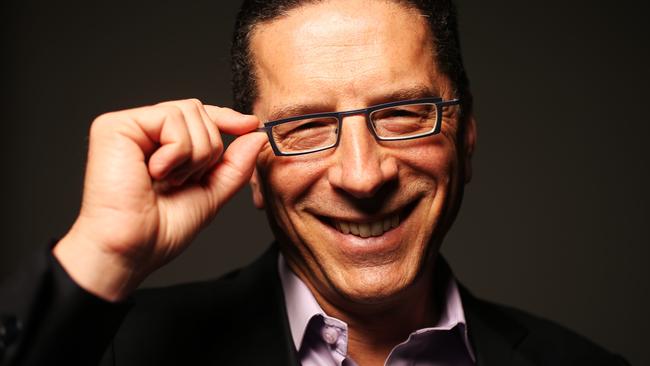How to deliver a killer speech
FROM keeping their eyes glued to their notes or tripping over every other word — no one likes seeing a speaker nosedive. Here is how to nail a speech.

IT COULD be the speaker that keeps their eyes glued to their speech notes, the one that trips over every other word, or the one whose eyes tell you they’d rather be anywhere else than on that stage: whatever the scenario, I am always left feeling frustrated when I watch a nosediving speaker.
Sitting in the audience, I’ll wonder if the speaker senses the diminishing energy in the room and, if it’s obvious that they do, why they’re not taking the necessary action to try and remedy the situation.
Most of us are aware that preparation is the key to effective public speaking. However, as I discovered early on in my career, it also requires a degree of thinking on your feet in order to successfully hold people’s attention. This comes naturally to some, but for others, deviating from their pre-prepared approach is something they’re not prepared to risk.
This is understandable. Standing under the spotlight can be intimidating. But it need not be if you arm yourself with some tried, simple techniques that will help you to evolve as a speaker.
Here are the methods that work for me:
1. SENSE THE MOOD
Often times there will be factors beyond your control that will influence the audience’s mood ahead of you taking the stage. The speaker you follow, time of the day or week, topic: these are some common factors that can either work for or against you.
Whatever the case, it’s important to have an equal focus on both your content and the audience’s body language. I often do this when I arrive at the speaking engagement or am waiting to be introduced. Their state of mind should become obvious relatively quickly.
And don’t be deterred if they look tired or restless: as the focal point, you’re in a position to orchestrate a fresh energy in the room.
2. FIRST IMPRESSION
The majority of the time, you can control the host’s introduction of you. Provide them with a few interesting points about you as a professional, but ensure you humanise it with an icebreaker: something compelling about you as a person that the audience wouldn’t expect to hear. Make this the final sentence of your introduction in order to create a level of intrigue before you take the stage.
I have many icebreakers, but one of my favourites relates to my school suspension story because it’s personal, surprising and stirs the imagination. It provokes the curiosity of even the most reluctant audience member.
To find your own, take the time to reflect on your life and make note of those defining moments and lessons that you feel will resonate with others. Over time, you will need to experiment with different icebreakers, and don’t be afraid to do so, because once you find the right ones, you’ll never look back.

3. THE ‘GAME CHANGERS’
Never assume your audience will stay with you for the duration of your speech because of a strong beginning. If you notice mid-speech that people are reaching for their phones or exchanging muted conversations with one another, I can recommend some ‘game changers’ that should help you grab the attention of even the most disinterested audience member.
These include:
• Walking among the audience while continuing the conversation, making eye contact with the various individuals showing the least level of engagement.
• With microphone in hand, sit down next to a carefully selected, disinterested person and seek their response on an issue relating to the topic.
• Pause the presentation and ask participants to speak to the person behind them, sharing one insight on a chosen topic that you select.
• Be prepared to set up an informal Q&A session where you throw some questions to the audience.
These are just a few tested options available. Which you choose to employ should primarily depend on the type of personality you are, your experience and confidence as a speaker. The nature of the event will also influence the game changers you decide to call on.
Remember, a good public speaker accepts they may have to step out of their comfort zone to win the day. Don’t be afraid to explore and test — ultimately you will become a better speaker for it.
4. SELF-REFLECTION
I don’t know anyone who hasn’t endured at least one negative public speaking experience. Effective speakers draw from these experiences to help edify their approach to the next.
Ask yourself why you didn’t resonate and adapt accordingly. Like most things in life, enhancing your performance comes down to experiences, the good and bad. Treat the bad as opportunities for enlightenment rather than reasons to doubt your ability.
This article originally appeared on LinkedIn and was republished with permission.



